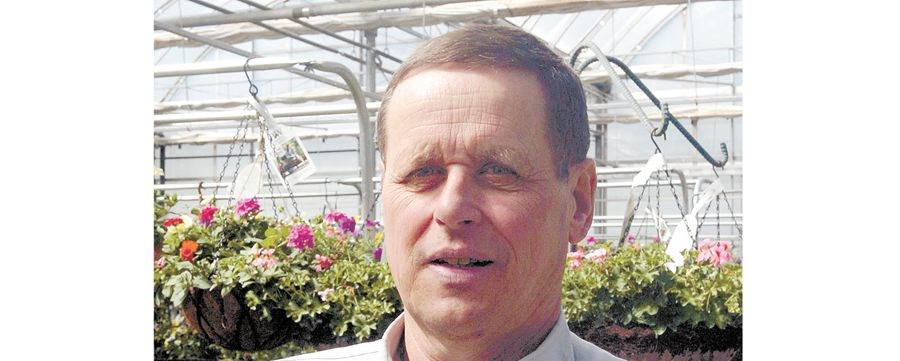Not only is January the start of a new year, but it is also the start of a new gardening year, which is evident by all the filled seed racks that have arrived at the garden centre.
The seeds are new for this season. Every fall the seed companies take back the seeds that didn't sell for that season and in January the new seeds for the upcoming growing season arrive. Ideally you want to purchase new seeds each season as these are the most viable. As seeds age, they begin to lose their viability, which results in lower germination rates.
If you have leftover seeds from last year don't throw them out as they are probably still good, if they were stored properly. Seeds should be stored in a dry, cool area. Glass jars with lids are ideal for storing seeds, as they will keep mice and other pests out. To keep seeds dry, place a packet of desiccant in the jar, such as the silica pouches that come in shoe boxes when you purchase shoes.
Ideally, when purchasing seeds you only want to buy enough to last one season, but there are times when there are too many seeds to use in one season so the seeds are saved from one season to the next. To check the germination rate before planting the leftover seeds, count out only a few seeds and place them on a moistened paper towel, and place the moistened towel in a warm area of the home. Keep the towels moist and check on them daily to see if and how many of the seeds have germinated. If most of the seeds have germinated, then you know that they are good to plant in the garden.
Some seeds are very small and would be hard to see if they were germinated using the paper towel method, so these can be checked by planting a few seeds in moistened soil/starter mix. After a few days (depending on type and variety) green sprouts should be seen, and you know that the seeds are viable and good to plant. Some seed types and varieties last longer than others, so make sure that you test all your leftover varieties, and are not disappointed when the sowed seeds don't germinate. Generally, each year a packet of seeds is saved, it will lose a few percentages of germination, so you don't want to save them for too long.
I, along with many other gardeners, enjoy going through the seed displays this time of year to see what is new. With more people growing their own edible gardens, the seed companies are coming out with new vegetable varieties and also the heirloom varieties that have stood the test time of time. It is a great way to start planning your 2017 garden and to purchase your seeds early to avoid any disappointment of sold-out varieties.
It may only be January, but some flower seeds need a long time to grow in order to bloom for the spring/summer season, and should be started indoors in January and February. Flowers such as alyssum, coreopsis, geraniums, impatiens, marigolds, viola and many of the perennials benefit from an early start.
It's never too early to start thinking about spring.


